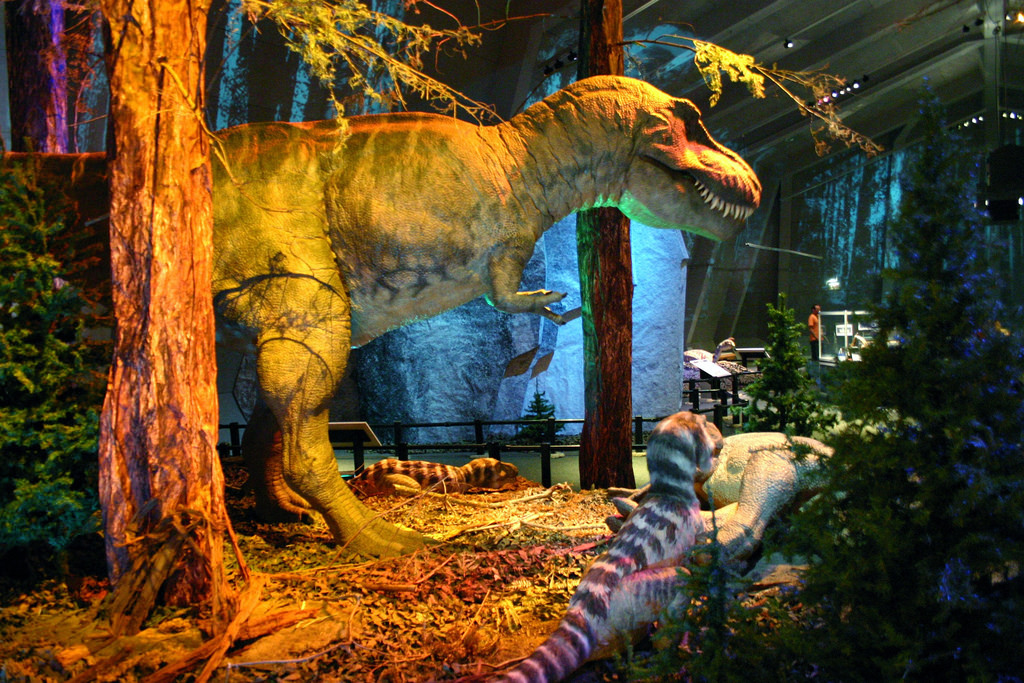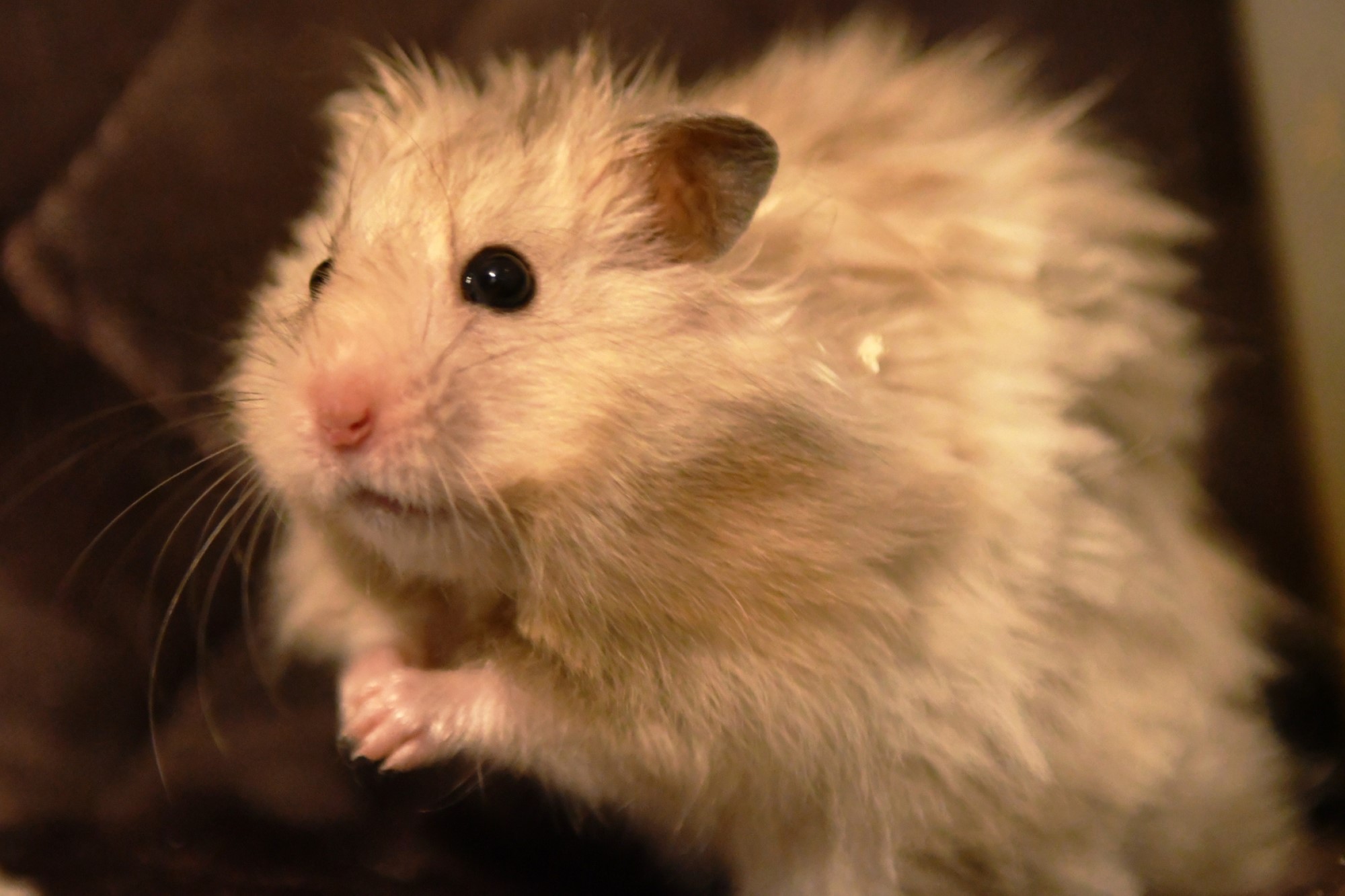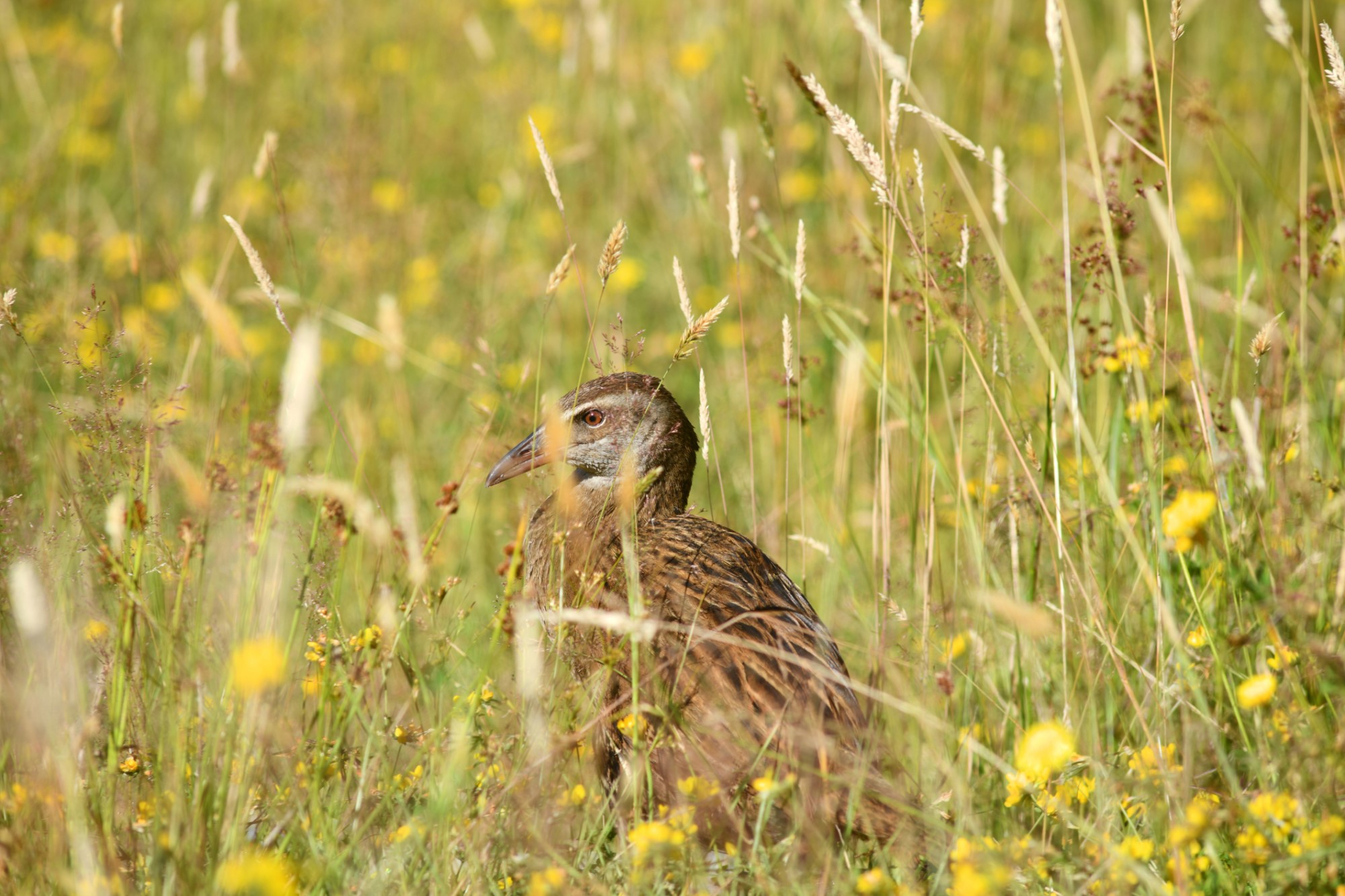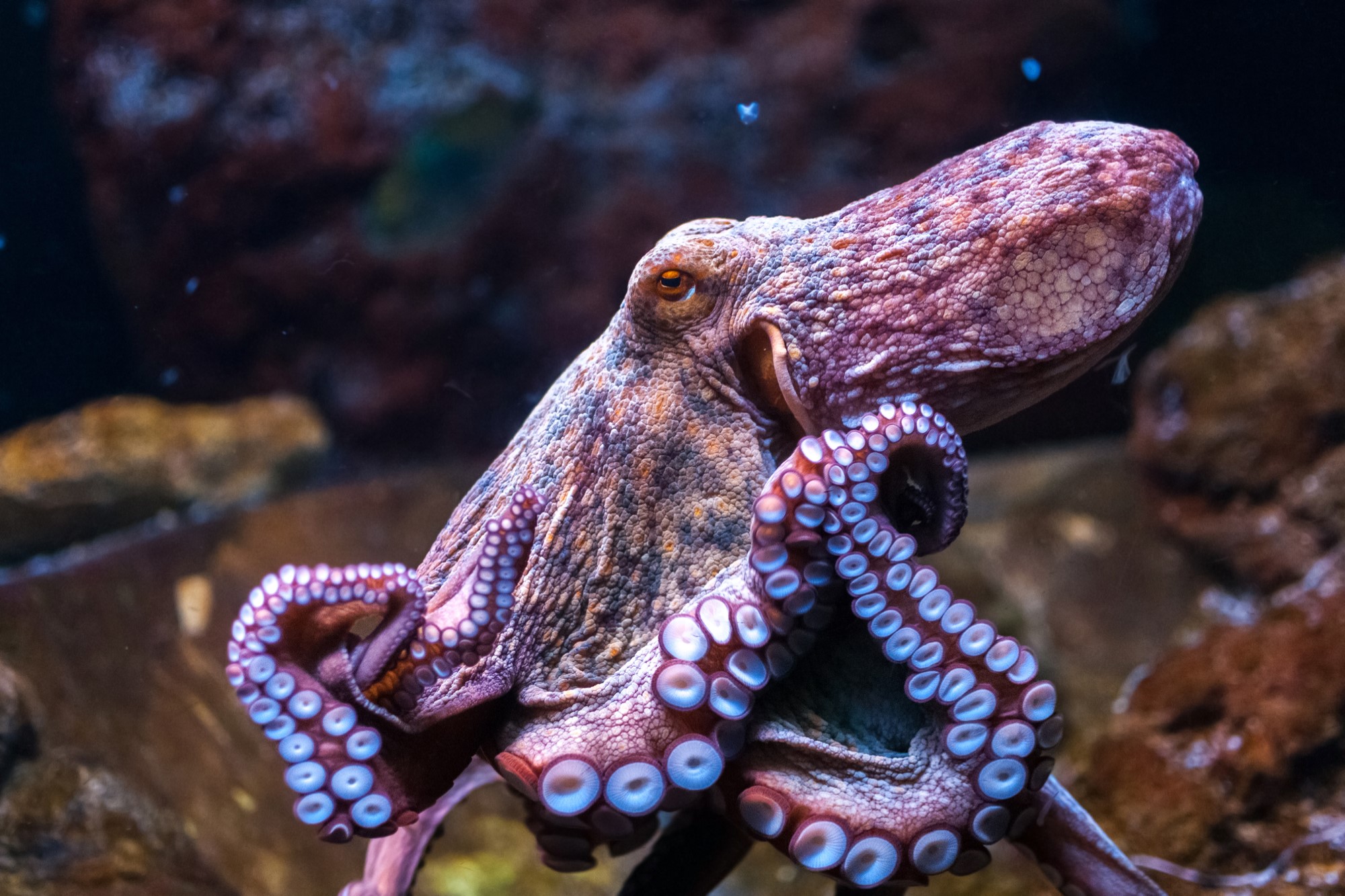Classifying Species with the Help of Dino Dandruff
There have been a number of interesting developments in interpreting the fossil record that smooth out our understanding regarding the connection between dinosaurs and birds.
The standard understanding of dinosaurs since the 1800s has been that their closest relatives were scaled reptiles — and dinosaurs are classed as reptiles. Their relation to living creatures has been the topic of lively debate since scientists began discussing them hundreds of years ago. For 20 years in the 1800s, the possibility that birds are the descendants of dinosaurs was proposed and discussed, but it went out of vogue for the next hundred years until the late 1960s, when artists depicting theropods in action included feathers and proto-feathers in their drawings. The hips and arm structures especially of this group of dinosaurs was thought to be suggestive of a bird lineage. Fossil discoveries of feathers and proto-feather structures on such dinosaurs began to seal these interpretations of tracking the ancestry of birds in the 1990s. Birds were classed as evolving from dinosaurs themselves (descended from theropod dinosaurs); indeed, birds can be understood to be avian dinosaurs.
Evidence suggests some dinosaurs are more closely related to non-lizard reptiles like birds rather than the lizards and crocodiles associated with them for so long. Feathers have been discovered on avian and non-avian dinosaurs. In 2011, feathers were discovered in samples of amber from the Cretaceous era. Eight sections of vertebrae covered in well-preserved feathers were discovered in amber in 2016. In 2018, a crow/hummingbird/velociraptor hybrid of a dinosaur was discovered with iridescent feathers.
In a notable recent development, skin cells were found among feathers, suggesting that dinosaurs shed skin like birds in cell-clumps rather than all-over like lizards and snakes. This evidence of dandruff-like shedding comes from a time scientists consider a “burst of evolution in feathered dinosaurs.” The preserved feathers full of dandruff also point to other ways this period may have been a notable transition: “‘In these fossil birds, their cells are packed full of keratin and there’s no evidence they had any fats in these cells at all,’ said Dr McNamara. ‘So that suggests they had lower body temperatures than modern birds, almost like a transitional metabolism between a cold blooded reptile and a warm blooded bird. ”
Scientists have identified over 700 species of dinosaur so far. With each new species identified and their characteristic anatomy analyzed, the evolutionary history becomes clearer. The relationships between scales, feathers, and skin, as well as different metabolic systems is becoming filled in as we uncover more evidence from these eras that span millions of years. The more we understand about the gradual transition between such traits, however, the more interesting a theoretical tension may appear.
In biology, classifying the relationship between animals into groups with classifications and labels can be quite helpful. Aristotle and Linneaus attempted to categorize and taxonomize species in terms of their essences. In a pre-evolutionary context, before a view where species gradually morph into something new through complex internal and environmental factors, it makes some sense to consider there to be an essential nature to, say, a dog, a carp, a sunflower, etc. Essentialists think there are traits that make organisms members of a class or species. Just as, say, elements have atomic structures that define them as helium or gold, dogs, carps, and sunflowers have something in their nature that make them essentially dogs, carps or sunflowers. (Genetics could be thought to play this role.) However, post-Darwinism boundaries between species have been commonly accepted to be vague – as the discussion of dinosaurs, non-avian reptiles, and birds would suggest.
There are currently over 20 prominent definition of species in active use by professional biologists. From a philosophical perspective, this is intriguing because species are the basic term of biological classification, and as such are typically used for environmental law, ethical considerations, and application of common and public understanding. While classifying dinosaurs likely won’t be the foundation of our ethical considerations (likely what counts as Homo sapiens, or other creatures currently alive that we may want to grant some status may start to be an interesting conversation), the way we discuss the evidence that challenges long-held classifications may inform other biological, legal, and ethical discussions. How will the background assumptions of classification bear out? Which dinosaurs are avian? How lizard-like must a “dinosaur” be to maintain their status as “terrible lizard”?





